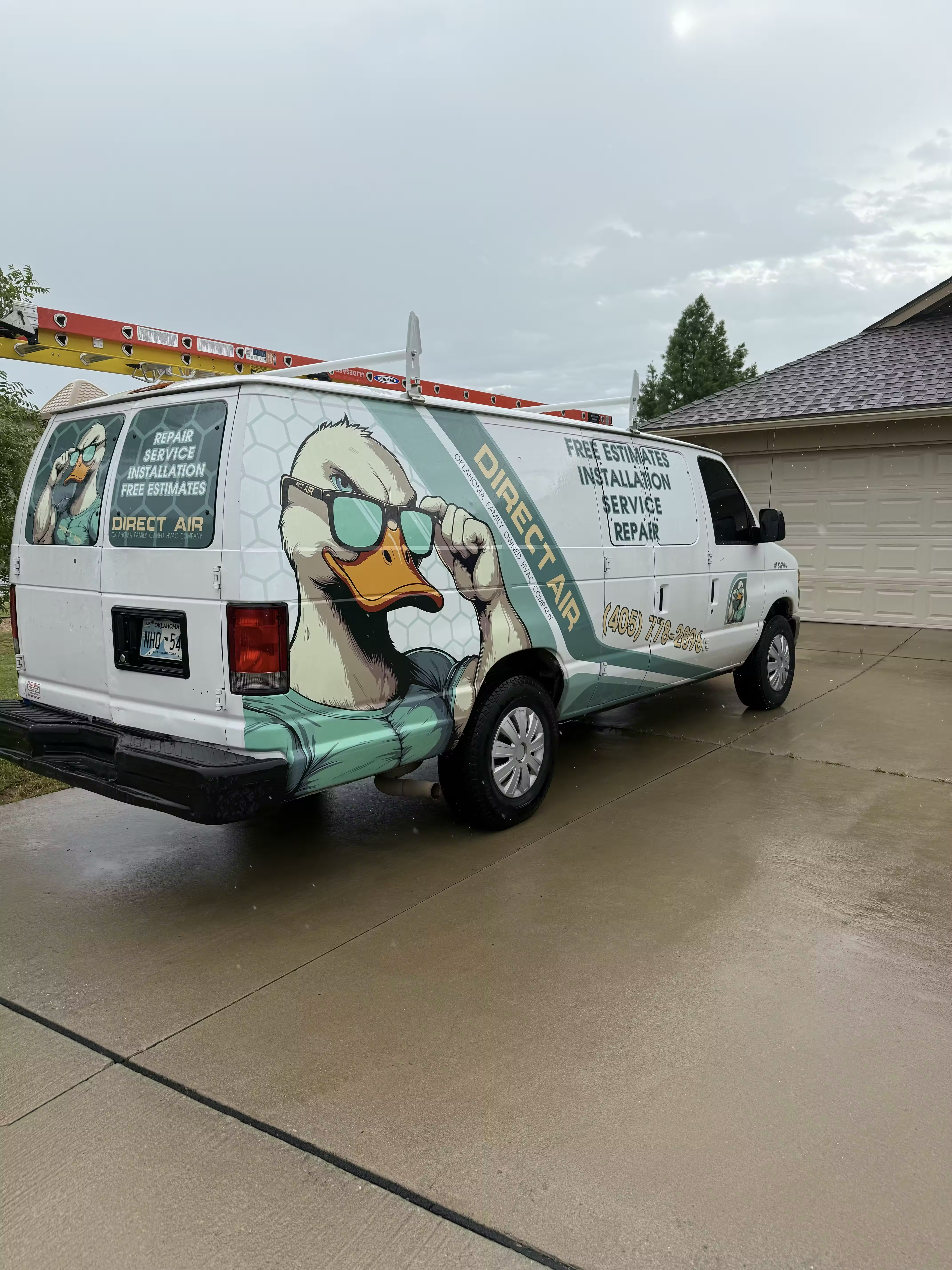For homeowners in Mustang, OK, reliable HVAC system services are crucial for year-round comfort and air quality. This guide covers understanding, maintaining, and optimizing your home's heating and cooling. We detail various system types—central AC, furnaces, heat pumps, and mini-splits—and emphasize energy efficiency. Our holistic services include expert HVAC system design, installation, swift repairs, and proactive maintenance to ensure peak performance. Learn about the full lifecycle of your HVAC system to make informed decisions for lasting home comfort.
Expert HVAC System Services for Unmatched Comfort in Mustang, OK
For homeowners in Mustang, a reliable and efficient HVAC system isn't a luxury; it's a necessity for navigating Oklahoma's distinct seasons. From the intense heat of summer to the crisp chill of winter, your home's heating, ventilation, and air conditioning system is the key to year-round comfort, safety, and air quality. Achieving this level of comfort requires a holistic approach, encompassing everything from initial system design and installation to meticulous maintenance and timely repairs. A truly comprehensive HVAC service ensures your system is not just running, but running at its absolute peak performance.
Our commitment is to provide Mustang residents with a full spectrum of HVAC solutions, backed by a 100% satisfaction guarantee. We believe in performing high-quality work that builds lasting trust, ensuring every aspect of your home's climate control is expertly managed.
Understanding Your Home's HVAC System
An HVAC system is an integrated network designed to control your home's indoor environment. It heats, cools, and circulates air while managing humidity and filtering out contaminants. Understanding the different types of systems available is the first step toward making an informed decision for your Mustang home.
- Central Air Conditioners: These systems are the cornerstone of summer comfort in Oklahoma. A central AC uses an outdoor condenser unit and an indoor coil to cool air, which is then distributed throughout your home via a network of ducts. They provide consistent, whole-home cooling.
- Furnaces: The most common heating solution, furnaces generate heat by burning fuel (typically natural gas) or using electric resistance coils. A blower motor then pushes the warm air through the ductwork, providing powerful and reliable warmth during cold months.
- Heat Pumps: An increasingly popular and highly efficient choice, a heat pump is a versatile, all-in-one system. In the summer, it functions like a central air conditioner, moving heat from inside your home to the outside. In the winter, it reverses this process, extracting heat from the outdoor air and transferring it inside. This dual-function capability makes it an excellent energy-saving option.
- Ductless Mini-Splits: For homes without existing ductwork, or for additions, garages, and specific rooms, ductless mini-splits offer targeted comfort. They consist of an outdoor compressor connected to one or more indoor air-handling units, allowing for independent temperature control in different zones.
Maximizing Energy Efficiency for Lower Utility Bills
The performance of your HVAC system is measured by key efficiency ratings. Understanding these ratings helps you gauge a unit's potential for energy savings. A higher SEER (Seasonal Energy Efficiency Ratio) for cooling, a higher HSPF (Heating Seasonal Performance Factor) for heat pumps, and a higher AFUE (Annual Fuel Utilization Efficiency) for furnaces all indicate greater efficiency and lower operating costs over the life of the system. Upgrading to a modern, high-efficiency unit can significantly reduce your monthly energy consumption.
Our Holistic HVAC System Services
We provide a complete lifecycle of services to ensure your HVAC system delivers reliable performance from day one to its last.
HVAC System Design & Installation
A new HVAC system is a significant investment in your home. Proper installation begins with a detailed assessment of your property's unique needs, including its size, layout, insulation, and window placement. We perform precise load calculations to ensure your new system is perfectly sized—not too big and not too small—for optimal efficiency and comfort. A correctly sized and professionally installed system will perform better, last longer, and save you money.
HVAC System Repair & Diagnostics
When your system falters, a swift and accurate diagnosis is crucial. Common issues like a unit that won't turn on, strange noises, weak airflow, or inconsistent temperatures require immediate attention. Our skilled technicians are equipped to service all makes and models, identifying the root cause of the problem and performing durable repairs to restore your comfort and peace of mind. We address everything from minor component failures to complex system issues with professionalism and expertise.
Proactive HVAC System Maintenance
The most effective way to prevent costly breakdowns and extend the life of your equipment is through routine professional maintenance. An annual tune-up is a comprehensive inspection and cleaning that ensures all components are working correctly and safely. During a maintenance visit, a technician will clean coils, check refrigerant levels, test electrical connections, lubricate moving parts, and calibrate the thermostat. This proactive care not only enhances system reliability and efficiency but also improves your home's indoor air quality.
The Lifecycle of an HVAC System: A Guide for Homeowners
Every HVAC system has a natural lifecycle. Understanding its phases helps you plan for the future and make smart financial decisions.
Phase 1: Installation
The journey begins with the selection and professional installation of a system tailored to your home and budget.
Phase 2: Maintenance & Operation
This is the longest phase, where routine maintenance is key. Regular tune-ups, consistent filter changes, and keeping the outdoor unit clear of debris will ensure your system runs efficiently for years.
Phase 3: Repair
As a system ages, components will inevitably wear out. Addressing repairs promptly is essential to prevent small problems from escalating into major system failures.
Phase 4: Replacement
Eventually, every system reaches the end of its effective lifespan, typically between 15 and 20 years. Deciding when to replace versus continuing to repair can be challenging. A useful guideline is the "$5,000 Rule": multiply the age of the unit by the cost of the repair. If the total exceeds $5,000, replacement is often the more economical choice. Other key indicators that it's time to replace include a significant increase in energy bills, frequent and costly breakdowns, and the inability of the system to maintain a comfortable temperature. Investing in a new, high-efficiency system provides renewed reliability, superior comfort, and long-term energy savings.

Financing
.png)







-min.avif)

